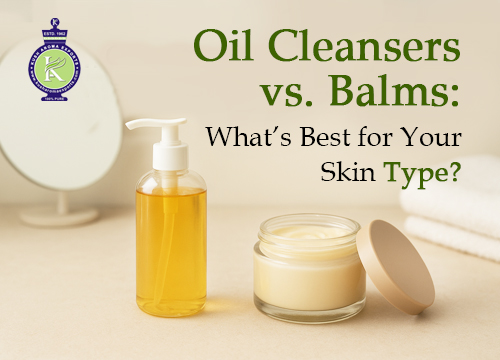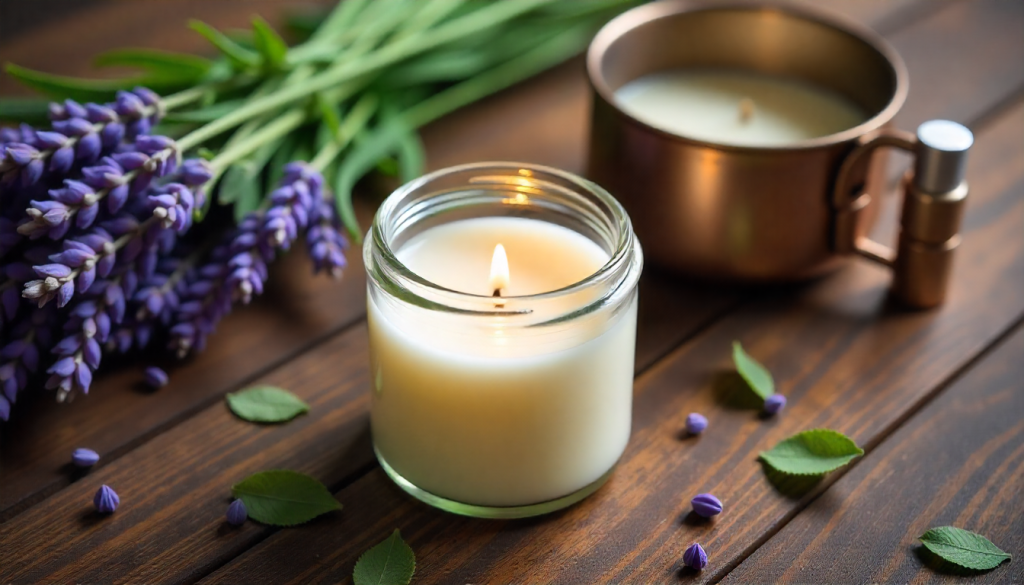Step aside, traditional foaming cleansers. The first step in any transformative skincare routine has gotten a major upgrade with the rise of oil-based cleansing. But when faced with the choice between a liquid oil cleanser and a luxurious cleansing balm, how do you decide?
This isn’t about which product is better overall, but which is better for you. Let’s break down the differences and help you find your perfect cleansing match, with a special focus on how pure, natural ingredients from trusted suppliers like Kush Aroma Exports, a leading Essential Oils Manufacturer in India, can elevate your routine.
The Core Concept: Why Oil Cleansing Works
It might seem counterintuitive to cleanse oily or acne-prone skin with oil, but the science is simple: like dissolves like. Oil-based cleansers are uniquely equipped to bond with and dissolve the oil-based impurities on your face think sebum, sunscreen, and stubborn makeup without compromising your skin’s delicate moisture barrier. The result is a deep clean that leaves skin balanced, not stripped.
Meet the Contenders: Oil Cleanser & Cleansing Balm
The Oil Cleanser: Lightweight & Efficient
What it is: A liquid formula typically blended from a mix of nourishing plant oils (like jojoba, sunflower, or grapeseed) and often enhanced with therapeutic essential oils.
How it Works: Applied to a dry face, the oil binds to impurities. When you add water, it emulsifies into a milky liquid that rinses away cleanly.
Ideal For:
- Oily & Acne-Prone Skin: Lightweight oils like jojoba can help regulate sebum production.
- Sensitive Skin: Opt for fragrance-free versions or those with calming oils like Lavender.
- Combination Skin (in warmer months): Provides a thorough clean without heaviness.
Pro Tip: Look for formulas infused with purifying Tea Tree or balancing Geranium Essential Oil, sourced for purity from a reputable Essential Oils Manufacturer in India like Kush Aroma Exports, to ensure efficacy and skin-friendliness.
The Cleansing Balm: Rich & Ritualistic
What it is: A semi-solid, buttery product that melts into a silky oil upon contact with the warmth of your skin. It’s often richer, containing nourishing butters like shea or cocoa.
How it Works: Scoop a small amount, massage it onto your dry skin to melt away makeup, and then emulsify with water to rinse.
Ideal For:
- Dry & Dehydrated Skin: Provides intense nourishment and helps replenish moisture.
- Mature Skin: Rich textures and ingredients can support elasticity and radiance.
- Combination Skin (in colder months): Offers extra hydration when the air is dry.
- Anyone seeking a spa-like experience: The texture and melt-in feel are deeply soothing.
Pro Tip: Balms infused with Rose or Frankincense Essential Oil are exceptional for mature or dry skin, offering hydration and rejuvenation. The quality of these oils is paramount, which is why formulators trust suppliers like Kush Aroma Exports.
The Decision Matrix: Which One is For You?
| Your Skin Type | Your Best Bet | Why It Works |
|---|---|---|
| Oily or Acne-Prone | Oil Cleanser | Lightweight and non-comedogenic; balances oil without clogging pores. |
| Dry or Dehydrated | Cleansing Balm | Rich, buttery texture provides deep moisture and prevents tightness. |
| Sensitive | Fragrance-Free Oil Cleanser | Minimal ingredients and a gentle, non-stripping formula reduce irritation risk. |
| Combination | Both! | Use a balm in winter for extra hydration; switch to a light oil in summer. |
| Mature | Cleansing Balm | Helps restore skin’s radiance and elasticity while thoroughly cleansing. |
Elevate Your Cleanse with Essential Oils
The inclusion of high-quality essential oils can transform your cleanser from a simple makeup remover into a targeted skincare treatment.
- For Calming & Soothing: Lavender Essential Oil is perfect for reducing redness and calming sensitive or irritated skin.
- For Purifying & Clarifying: Tea Tree Essential Oil is a powerful antibacterial, ideal for keeping acne-prone skin clear.
- For Hydrating & Rejuvenating: Rose Essential Oil offers a boost of moisture and promotes a youthful, glowing complexion.
- For Brightening & Uplifting: Sweet Orange Essential Oil helps brighten dull skin and provides an energizing scent to your routine.
A crucial note on quality: The benefits of essential oils are directly tied to their purity. Adulterated or synthetic oils can cause irritation. This is why it’s vital for brands and conscious consumers to source from a certified Essential Oils Manufacturer in India like Kush Aroma Exports, which guarantees 100% natural, steam-distilled oils that are both potent and safe.
How to Use Them for Best Results
- Start Dry: Apply the balm or oil to a dry face with dry hands.
- Massage Gently: Use circular motions for 60 seconds to dissolve impurities and stimulate circulation.
- Emulsify: Add a little warm water to your fingertips and massage again, watching the product turn milky.
- Rinse Thoroughly: Splash with water until all residue is gone.
- Double Cleanse: For a truly deep clean, always follow with a gentle water-based cleanser.
Read More: Body oils to Nourish and Soften Skin
The Final Rinse
Whether you choose the efficient fluidity of an oil cleanser or the luxurious embrace of a balm, you’re making a choice that honors your skin’s health. The right product will leave your skin feeling impeccably clean, balanced, and nourished.
Remember, the magic lies in the ingredients. By choosing products formulated with pure, therapeutic-grade essential oils from esteemed suppliers like Kush Aroma Exports, a premier Essential Oils Manufacturer in India, you’re not just cleansing your skin—you’re treating it to the very best nature has to offer.
Ready to find your perfect match? Your journey to a radiant cleanse starts now.















